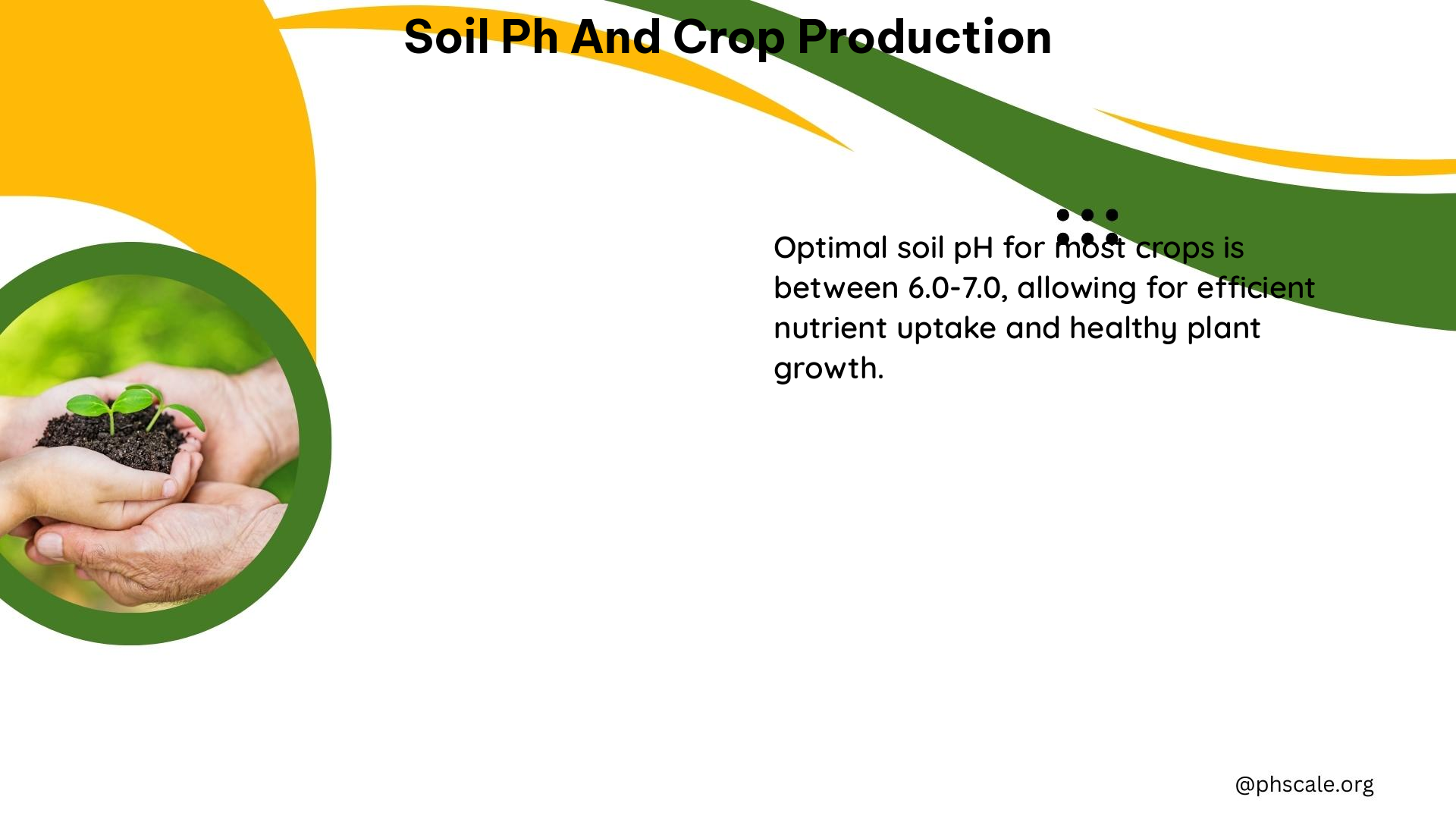Soil pH plays a crucial role in crop production, as it directly impacts the availability of essential nutrients for plant growth. Understanding the optimal pH range for different field crops and the impact of soil pH on nutrient availability is essential for maximizing crop yields and maintaining soil health.
Optimal pH Range for Most Field Crops
The optimal pH range for most field crops varies, but generally, it falls between 6.0 and 7.0. This range allows for the best availability of nutrients for plant growth. Here’s a breakdown of the recommended pH ranges for some common field crops:
| Crop | Recommended pH Range |
|---|---|
| Alfalfa | 6.6 to 7.0 |
| Corn | 5.8 to 6.2 |
| Soybeans | 6.6 to 7.0 |
Impact on Nutrient Availability

Soil pH significantly impacts the availability of nutrients for plants. As pH decreases (becomes more acidic), important nutrients like phosphorus become less available, while elements like aluminum become more available and potentially toxic to plants.
Effects of Soil pH on Specific Crops
Alfalfa
Alfalfa requires a slightly alkaline to neutral soil pH (6.5 to 7.5) for optimal growth.
Corn
Corn prefers a slightly acidic to neutral soil pH (5.8 to 7.0) for optimal growth.
Soybeans
Soybeans require a slightly alkaline to neutral soil pH (6.5 to 7.5) for optimal growth.
Benefits of Maintaining Recommended pH Range
Maintaining the recommended pH range for different crops has several benefits:
- Increased nutrient availability: Optimal pH ensures that essential nutrients are available for plant uptake.
- Improved soil structure: Liming to optimal pH improves soil structure, which enhances water infiltration and aeration.
- Enhanced microbial activity: Optimal pH supports beneficial microbial activity, which aids in nutrient cycling and plant health.
Achieving Optimal pH through Liming and Other Practices
To achieve optimal pH, the following practices can be employed:
- Liming: Applying lime to acidic soils raises the pH, making nutrients more available and reducing toxicity from elements like aluminum.
- Grid-based sampling: This method helps identify areas within a field that require lime application, allowing for more targeted and efficient use of lime.
- Soil testing: Regular soil testing helps determine the pH and nutrient levels, enabling farmers to make informed decisions about lime application and fertilizer use.
Contaminants and Chemicals Affecting Soil pH and Crop Production
Soil pH can be affected by various contaminants and chemicals, including:
- Nitrogen fertilizers: These can acidify the soil, reducing pH and making nutrients less available.
- Aluminum: High levels of aluminum can be toxic to plants, especially in acidic soils.
- Manganese: High levels of manganese can be toxic to plants in acidic soils.
Solutions and Alternatives
To mitigate the effects of these contaminants and chemicals, consider the following solutions and alternatives:
- Organic amendments: Using organic amendments like compost or manure can help neutralize soil pH and reduce the need for synthetic fertilizers.
- Integrated nutrient management: Implementing integrated nutrient management strategies that balance nutrient inputs and minimize soil acidification can help maintain optimal soil pH.
- Crop rotation and selection: Choosing crops that are tolerant of acidic or alkaline soils can help reduce the need for lime application and minimize the impact of contaminants.
Helpful pH Quantity to Consume
For DIY users, it is essential to understand the pH levels of different substances to make informed decisions about soil management. Here are some helpful pH quantities to consume:
- Water: pH 7 (neutral)
- Calcium chloride: pH 0.7 units lower than water pH
- Lime: pH 7 to 8.5 (alkaline)
Actionable Steps for DIY Users
For DIY users, the following actionable steps can help maintain optimal soil pH:
- Test your soil: Regularly test your soil pH and nutrient levels to determine the need for lime application or fertilizer use.
- Apply lime: If your soil is acidic, apply lime according to the recommended rates to raise the pH and improve nutrient availability.
- Use organic amendments: Incorporate organic amendments like compost or manure to help neutralize soil pH and reduce the need for synthetic fertilizers.
- Monitor and adjust: Continuously monitor your soil pH and adjust your management practices accordingly to maintain optimal soil health.
Reference Links
- Soil pH for Field Crops by Cornell University College of Agriculture and Life Sciences: https://cceonondaga.org/resources/soil-ph-for-field-crops
- Understanding Soil pH by Penn State Extension: https://extension.psu.edu/understanding-soil-ph
- Soil pH by Mosaic Crop Nutrition: https://www.cropnutrition.com/nutrient-management/soil-ph/
